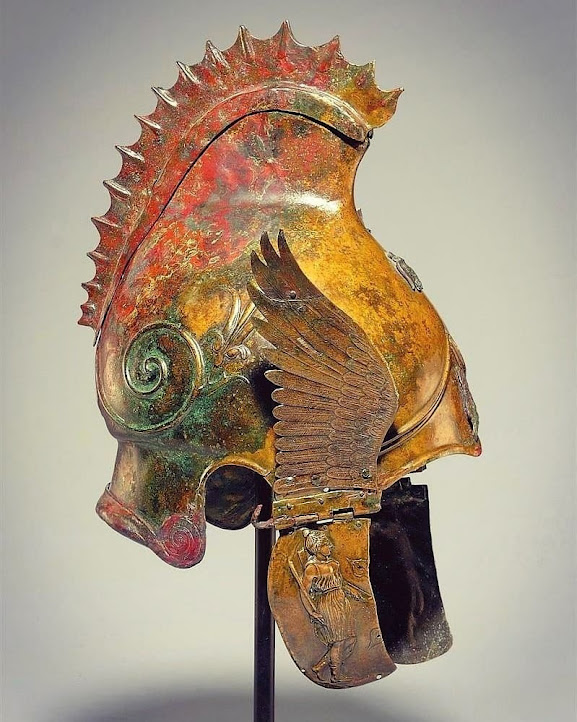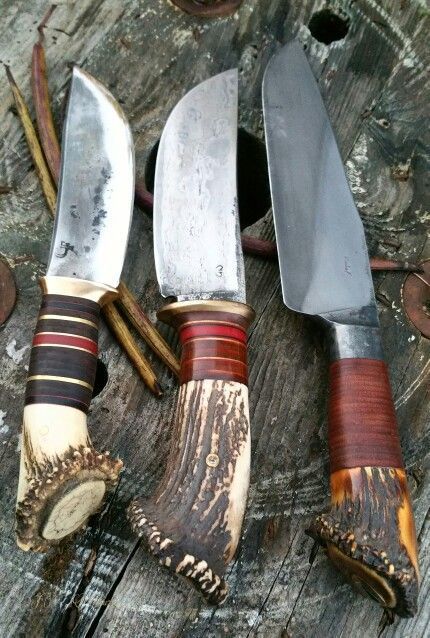
Red dots have become pretty much the default option for short and mid-range rifle work these days, stemming in no small part from huge improvements over the course of the GWOT. Once decried as science fiction nonsense, they have even taken over the military to the point iron sights are no longer taught in boot camp. We can dislike that all we want, but the fact remains: Electronic sights are the way of the future.
It hasn’t always been this way and it was a long road. I will leave the complete history of red dot sights to someone else, but it is relevant to today’s discussion to tell you how it started for me: The first time I ever tried a red dot optic was in 2002, and it was a brief moment. We were doing a training exchange day with the door kickers we supported as a sniper platoon. I thought it was cool, but since I had an M40 with a mil-dot scope to worry about, I mostly didn’t care about its benefits over iron sights. That sight was, of course, the ubiquitous Aimpoint Comp2, the original US Military CCO, or Close Combat Optic.
Fast forwarding a few years to the Army, where I was the new guy on the door kicker team and an arms race was underway. The Comp2 was still in widespread use, and it had its fans. But a new upstart company was gaining ground, the original model EOTech, in all its black housing glory. The EOTech was being run on everything from 50 cals to MP5s, and it looked like the future belonged to them.
Being in a place that had both options, you had to weigh the pro’s and cons. The Aimpoint had a legendary name in reliability, though the original EOTech was catching up. The Aimpoint had a much better battery life, something like 6 months on high, even back then. With an EOTech double A battery model, a smart assaulter would change batteries literally every night, a pre-party ritual as sure as tying your boots. But the Comp2 had something about it I didn’t like. It was a reflex sight, with a similar parallax free, eye relief irrelevant operation like the EOTech. But it felt to me like looking down a toilet paper tube to use and I thought it took away from situational awareness. You could use either option with both eyes open, the preferred method by far in close quarters battle. But I liked the EOTech better and it became my sight of choice.
Now I am not going to come down hard on the Comp2. The camps were split about 50/50 amongst SOF guys, with each side just as fanatical. I could text 5 guys today with a resume as deep or deeper than my own that loved the Comp2 and will tell you all about why it was better. But I don’t have to, because then something unexpected happened.
Arms races don’t stay static, that is for sure. And sometimes they don’t go the way we expect. Around 2005, EOTech was purchased by L3, a massive conglomerate. I hope the original designer of the EOTech sight is on a beach somewhere, enjoying all the coconut drinks they can mix. But after the L3 purchase, things went downhill fast.
The “new” EOTech was issued to all of SOCOM in 2008, part of the SOPMOD II kit. All of a sudden, the sight that would survive 3 tours on an M-2 over thousands of miles of Afghan roads, wouldn’t survive a 6 week CQB class. We would routinely break 10% every class, with damage ranging from simple refusal to turn on to lenses actually falling out. It was a clown show. Everyone who still had them on the books scrambled to find the “old” Comp2s. And that was even before the US Government sued EOTech for civil fraud related to a company cover-up of a defect known as thermal drift.
Fortunately for all of us, in 2007 Aimpoint wasn’t holding still either. That was the year they introduced the all-new Micro T-1. It took a little while to get traction but it changed the way we look at red dot sights. I got my first one in 2010, and to be fair, I was a little skeptical. I initially thought the micro size would multiply the problems of the full-size Aimpoint Comp2. The size of the T-1 lived up to it’s Micro name being about 1/3rd the size of the Comp2. This fear, however, proved completely unfounded. The T-1 actually fixed all the problems of the Comp2, and then some.
The smaller size actually made the Aimpoint easier to use, by a margin. Somehow, its tiny stature didn’t draw you in the same way as the original. The aiming dot was front and center, but the housing was no longer in the way. It was just big enough to use the outside of the housing as a rough snapshot reticle, with the eye naturally picking up the illuminated dot. It increased situational awareness even past the original EOTech, what was then the gold standard. And Lord, was the new T-1 tough.
Skeptical that something so small could possibly be durable, I beat the absolute hell out of my original T-1. And true to the Aimpoint reputation, it is still running fine today, which actually brings up a point in favor of Aimpoint as a brand. Even with all my time in the military, I have never seen one broken. Not once. I bet that if we went to the Aimpoint factory, the warranty department is one of the founder’s kids playing X-box in an out of the way office.
Aimpoint has introduced subsequent models in the years since, such as the T-2 and H-1. I can’t tell you anything about them. My T-1’s never quit, so I never bothered to think about buying a new model until they got my attention at SHOT Show 2018, with the introduction of the all-new CompM5, which brings us to today.
 The see-through rear lens cover
The see-through rear lens cover
The CompM5 was built from the ground up, expressly at the request of a military customer. The T-series was great, but they wanted something just a little bit different. And awesome for us normal consumers, Aimpoint went ahead and made it an option for us after the contract was filled.
I am told the M5 is even tougher than the T-1 or 2, but I don’t know how to even test that. My T-1 has 8 years of service doing duty as a CQB, competition, and instructor rifle optic. I can’t count the rifles it has been on, much less the rounds fired. I think we will have to take their word on that one, which has been good enough since 1975.
 New throw lever mount is an optional inclusion
New throw lever mount is an optional inclusion
The other changes are more visible. The biggest change is the battery system. Gone are the CR2032 days of the other Micro Models. In place is a single AAA battery compartment, reminiscent of the full-size Comp4. The reasoning is simple for this one. The military customer wanted to be able to feed them off a local economy anywhere in the world, for those times they are outside the logistics footprint of Uncle Sugar. A CR2032 is a difficult thing to find in Zaire or Azerbaijan, but the triple A’s will be right next to the Puna or Adidas tracksuits. Count on it.
The battery cap is very secure now. In fact, you have to remove the front lens protector to get it off. But due to Aimpoint’s ever-advancing electronics wizardry, it isn’t really a problem. The M5 will last 5 years turned on at position 7, or over a year at position 8. If you swap your battery on the grueling schedule of daylight savings time, you are still well ahead of the curve.
 Throw lever lock
Throw lever lock
The adjustment turrets for windage and elevation are slightly larger on the M5 than other micro models, which tends to also mean more robust. They are also now protected by an aluminum shelf around the outside. Not only should this protect them better, but it also keeps your caps from inadvertently screwing off. I have never seen that happen to a T-1, but they thought of it anyway.
In place of the rubber thong lens covers from the T-1, the M5 has a feature first seen on the T-2. Both front and rear lens covers are pop up style, with the rear one being clear. This is a great feature. The rear lens is the one more likely to get rain or mud on it while you are on patrol, so it is nice to have a sacrificial lens in place. But if you need to use it with no time to flip it up, you can still see.
 Picatinny-compatible base
Picatinny-compatible base
Last but certainly not least, the M5 now has a factory option for a co-witness mount. Out of the box, my M5 was ready to slap on a rail and go zero. For many years, you needed to find an outside vendor to have such a mount at a cost of around $200. Aimpoint set out to create their own and succeeded wildly. The new mount is solid, has an excellent locking system, and matches perfectly to your back up irons.
The new CompM5 certainly sets a high bar in features and is in my opinion, the new class leader in red dots. It isn’t for everyone, and it certainly isn’t cheap. With the mount, the MSRP is $971. But then, there are two kinds of red dots in this world. There’s the kind you buy to plink cans with and the kind you bet your life on. If you are in the latter category, this one is for you.
Visit Aimpoint to learn more about the Aimpoint Comp M5 by clicking HERE.
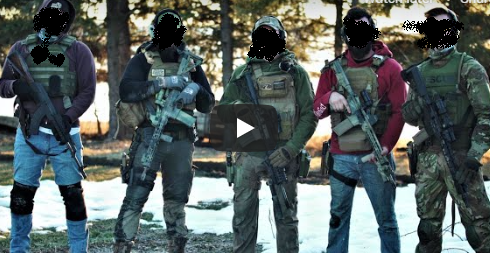
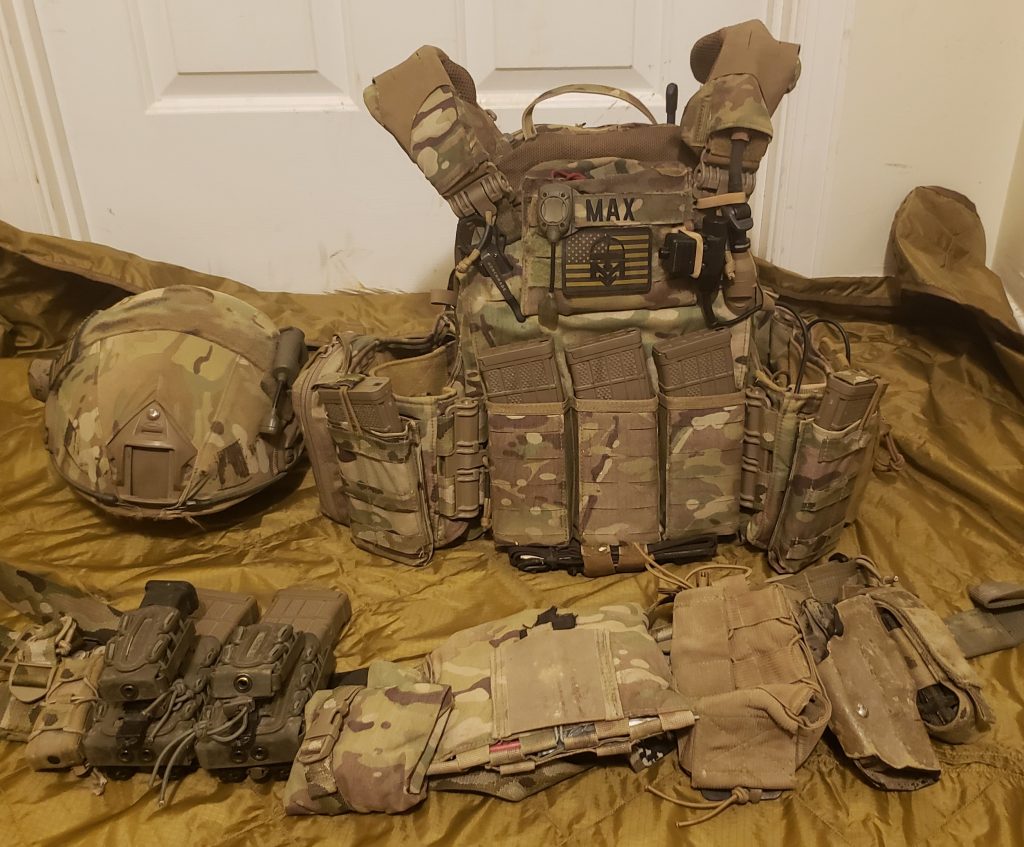
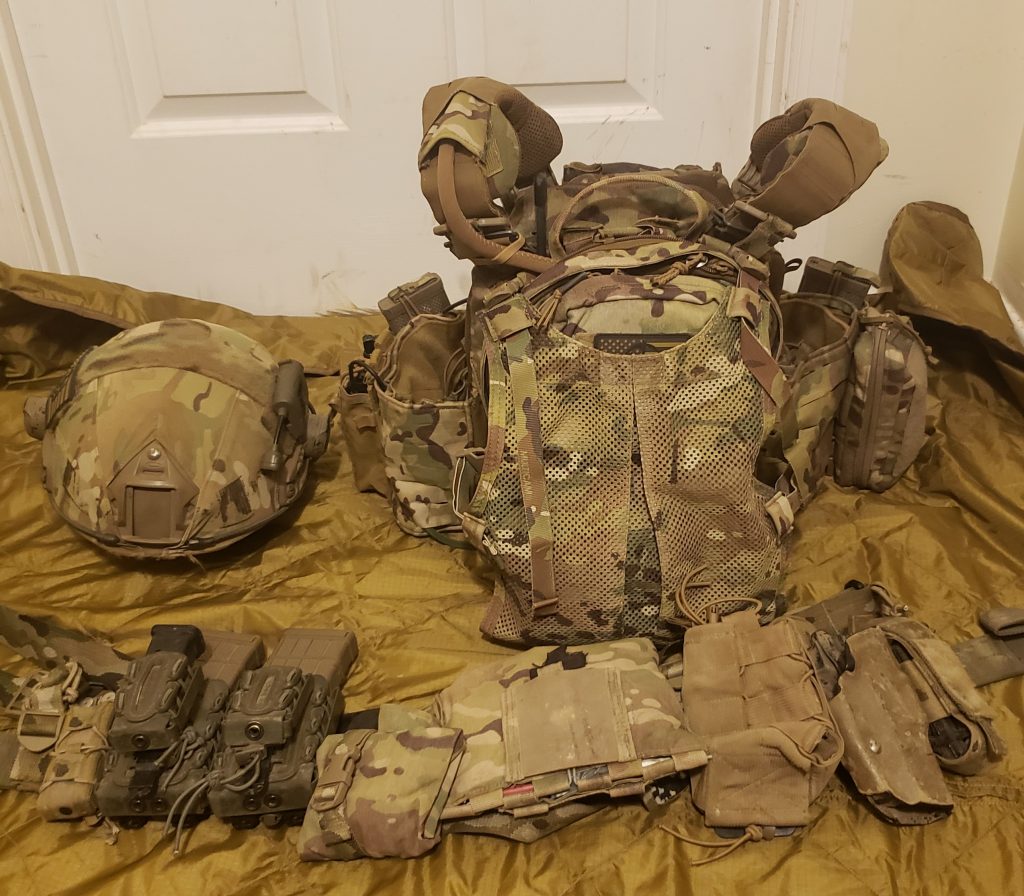





 About the author:
About the author:
